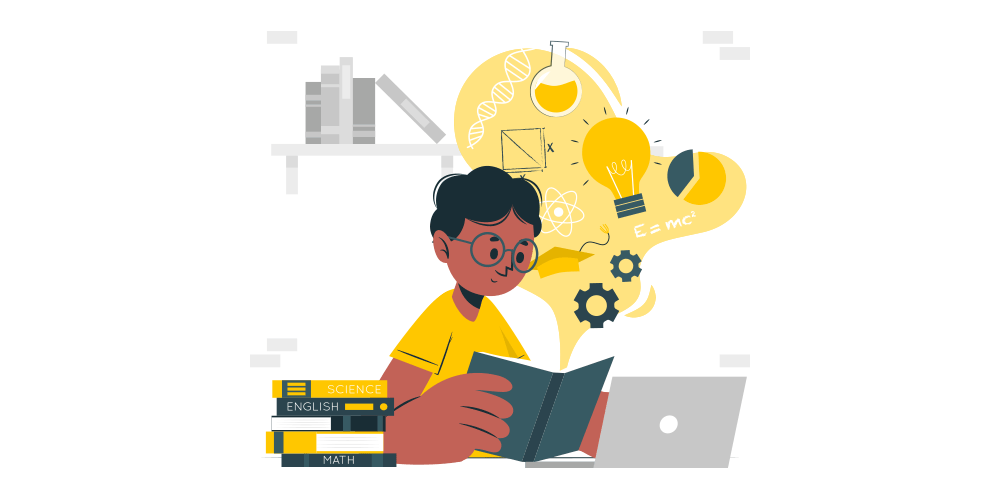Education technology, or EdTech, has become an integral part of modern-day education. With the integration of technology into the classroom, learning has become more interactive, engaging, and effective. EdTech tools have revolutionized the way teachers teach and students learn, providing personalized learning experiences, gamification, collaborative learning, interactive multimedia content, and real-time feedback. In this article, we will explore in detail how EdTech enhances student engagement and the benefits of its integration in the classroom.

Personalized Learning
EdTech tools provide students with personalized learning experiences that cater to their individual learning styles and Enhancing Student Engagement. With adaptive learning software, students can receive customized instruction and feedback based on their performance and progress. This creates a more engaging learning experience that helps students stay motivated and on track. Personalized learning allows students to learn at their own pace, which is especially important for students who may struggle with certain subjects. It also allows teachers to focus on individual student needs, providing more effective instruction and support.
Gamification
Gamification is the process of using game-based elements in non-game contexts, such as education. EdTech tools that incorporate gamification can increase student engagement by making learning more fun and interactive. For example, educational games can teach students math, science, and language skills in a way that feels like play. Gamification can also motivate students to learn by providing rewards, such as points, badges, or virtual currency, for completing tasks or achieving learning objectives. This creates a sense of achievement and progress that encourages students to continue learning.

Collaborative Learning
EdTech tools such as online discussion forums, video conferencing, and collaboration software enable students to work together on group projects and assignments. Collaborative learning enhances student engagement by promoting teamwork, communication, and problem-solving skills. It also allows students to learn from each other, providing a more diverse and inclusive learning experience. Collaborative learning also helps students develop social skills, such as empathy and respect, which are important for success in the real world.

Interactive Multimedia Content
EdTech tools such as videos, animations, and interactive simulations can enhance student engagement by providing visual and interactive learning experiences. Multimedia content can help students understand complex concepts and ideas in a more engaging and memorable way. For example, an interactive simulation of the solar system can help students understand the relative positions and movements of the planets. Videos and animations can also provide real-world examples and applications of concepts, making learning more relevant and meaningful.

Real-Time Feedback
EdTech tools that provide real-time feedback can enhance student engagement by helping them understand their progress and areas for improvement. For example, online quizzes and assessments can provide immediate feedback on student performance, allowing them to adjust their learning strategies accordingly. Real-time feedback also helps students stay motivated and focused on their learning goals. It also allows teachers to identify areas where students may need additional support or instruction, providing more effective teaching and learning.

Benefits of EdTech Integration
The integration of EdTech in the classroom has numerous benefits for both students and teachers. For students, EdTech provides a more engaging and effective learning experience that caters to their individual needs and learning styles. It also promotes critical thinking, problem-solving, and collaboration skills, which are important for success in the real world. For teachers, EdTech provides more effective instruction and assessment tools, allowing them to focus on individual student needs and provide more personalized instruction and support. It also saves time and resources, allowing teachers to be more efficient and effective in their teaching.
EdTech has revolutionized the way teachers teach and students learn, providing personalized learning experiences, gamification, collaborative learning, interactive multimedia content, and real-time feedback. The integration of EdTech in the classroom has numerous benefits for both students and teachers, providing a more engaging and effective learning experience that promotes critical thinking, problem-solving, and collaboration skills. As technology continues to evolve, the integration of EdTech in education will become even more important, providing new and innovative ways to enhance student engagement and promote student success.
